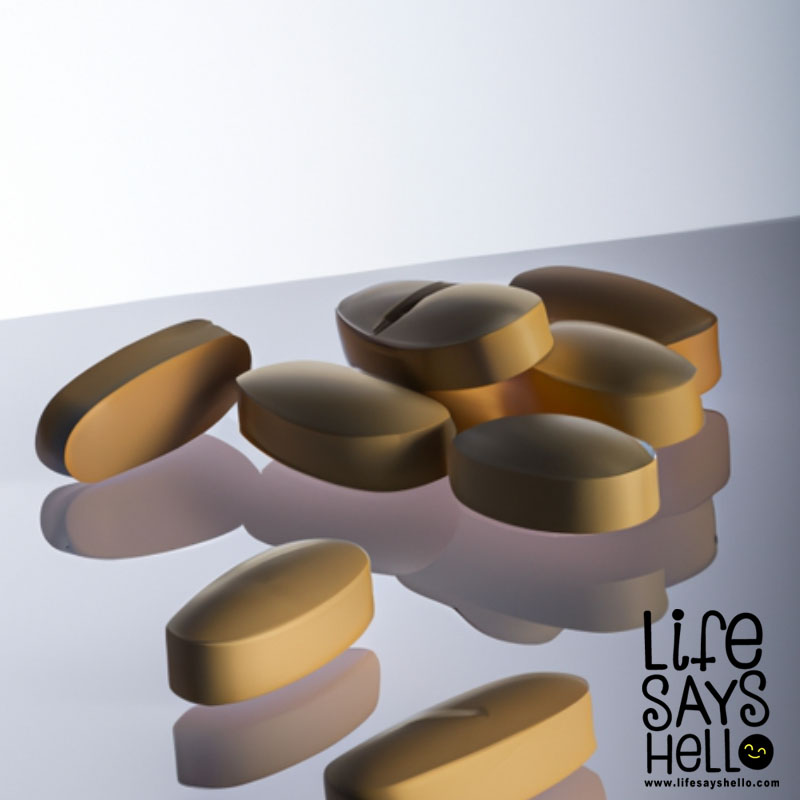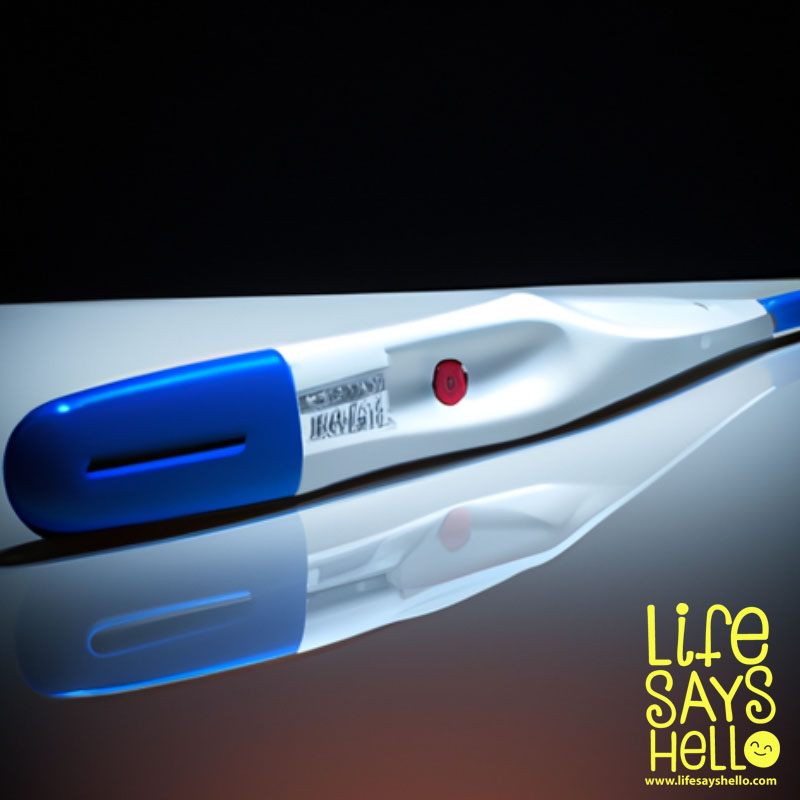Botox on Forehead Side Effects: A Comprehensive Guide to What You Need to Know

Are you considering Botox to smooth out those pesky forehead wrinkles? Before you take the plunge, it's important to understand the potential side effects that may accompany this popular cosmetic treatment. In this comprehensive guide, we'll explore the common, rare, and serious side effects of Botox on the forehead, as well as provide tips on how to minimize risks and ensure a safe, satisfying experience.
Introduction
Botox, or botulinum toxin, has become a household name in the world of cosmetic procedures. As a non-surgical treatment for reducing the appearance of wrinkles and fine lines, Botox has gained immense popularity, particularly for treating forehead wrinkles. However, as with any medical procedure, it's crucial to be aware of the potential side effects and risks involved. In this article, we'll delve into the various side effects of Botox on the forehead, factors that may increase the risk of complications, and tips for minimizing these risks. Our goal is to help you make an informed decision about whether Botox is the right choice for you.
Common Side Effects of Botox on Forehead
While Botox is generally considered safe when administered by a qualified professional, some side effects may still occur. Here are some of the most common side effects associated with Botox injections in the forehead:
Pain, Swelling, or Bruising at the Injection Site
It's not uncommon to experience some discomfort, swelling, or even bruising at the site of the Botox injection. This is usually mild and temporary, lasting only a few days. Using a cold compress on the affected area can help alleviate these symptoms.
Headache or Flu-like Symptoms
Some individuals may develop a headache or flu-like symptoms after receiving Botox injections. These symptoms typically resolve within a few days and can be managed with over-the-counter pain relievers and plenty of rest.
Eyelid Drooping or Eyebrow Asymmetry
In some cases, Botox injections in the forehead can lead to temporary eyelid drooping or uneven eyebrows. This is usually due to the spread of the toxin to nearby muscles and can last for a few weeks. An experienced injector can minimize this risk by using precise injection techniques and appropriate dosages.
Dry Eyes or Excessive Tearing
Botox injections around the forehead and eye area can sometimes cause dry eyes or excessive tearing. These side effects are usually temporary and can be managed with over-the-counter eye drops or artificial tears.
It's important to remember that these common side effects are generally temporary and should resolve on their own within a few days to a few weeks. However, if you experience persistent or worsening symptoms, it's essential to consult with your injector or a medical professional.
Rare but Serious Side Effects
While most side effects of Botox on the forehead are mild and temporary, there are some rare but serious side effects that warrant immediate medical attention. These include:
Allergic Reactions
Though uncommon, some individuals may experience an allergic reaction to Botox. Symptoms can include itching, rash, redness, wheezing, dizziness, or difficulty breathing. If you suspect an allergic reaction, seek medical help immediately.
Difficulty Swallowing, Speaking, or Breathing
In rare cases, Botox can affect muscles beyond the injection site, leading to difficulty swallowing, speaking, or breathing. This can be a potentially life-threatening situation and requires urgent medical attention.
Muscle Weakness or Vision Problems
Botox injections in the forehead can, in rare instances, cause muscle weakness in other parts of the body or vision problems such as blurred or double vision. If you experience these symptoms, contact your healthcare provider immediately.
Infection or Skin Rash
While rare, an infection or skin rash can develop after Botox injections. If you notice signs of infection, such as increased pain, redness, swelling, or pus, or if you develop a rash, contact your healthcare provider as soon as possible.
It's crucial to be aware of these rare but serious side effects and seek medical help if you experience any of them. Remember that early intervention is key to preventing complications and ensuring a safe recovery.
Factors That May Increase the Risk of Side Effects
Several factors can increase the risk of side effects or complications from Botox injections in the forehead. These include:
Inexperienced Injector or Improper Injection Technique
The skill and experience of the injector play a significant role in the risk of side effects. An inexperienced injector or improper injection technique can lead to complications such as eyelid drooping, eyebrow asymmetry, or more serious side effects. Always choose a qualified and experienced injector to minimize these risks.
Pre-existing Medical Conditions
Certain medical conditions, such as neurological disorders or muscle weakness, can increase the risk of side effects from Botox injections. Be sure to discuss your medical history with your injector before undergoing treatment.
Taking Certain Medications or Supplements
Some medications and supplements can interact with Botox or increase the risk of side effects. These include blood thinners, muscle relaxants, and certain supplements like vitamin E or fish oil. Inform your injector of any medications or supplements you're taking before receiving Botox injections.
Age and Skin Condition
Older individuals or those with poor skin elasticity may be at a higher risk of experiencing side effects from Botox injections. Discuss your concerns with your injector to determine if Botox is appropriate for you.
Tips for Minimizing the Risk of Side Effects
To ensure a safe and satisfying Botox experience, follow these tips to minimize your risk of side effects:
Choose a Qualified and Experienced Injector
Selecting a qualified and experienced injector is crucial for minimizing the risk of side effects. Look for a board-certified dermatologist, plastic surgeon, or other medical professional with extensive experience in administering Botox.
Discuss Your Medical History and Medications with Your Injector
Before undergoing Botox treatment, be sure to discuss your medical history and any medications or supplements you're taking with your injector. This information can help your injector determine the appropriate dosage and injection technique, reducing the risk of side effects.
Follow Post-Treatment Care Instructions
Your injector will provide you with post-treatment care instructions to help minimize the risk of side effects and ensure optimal results. These may include avoiding rubbing or massaging the treated area, limiting sun exposure, and refraining from strenuous activities for a few days.
Be Patient and Allow Time for the Treatment to Take Effect
Botox injections typically take a few days to a week to produce visible results. Be patient and allow time for the treatment to take effect, as over-manipulating the treated area can increase the risk of side effects.
Conclusion
Understanding the potential side effects of Botox on the forehead is essential for making an informed decision about whether this popular cosmetic treatment is right for you. While most side effects are mild and temporary, it's crucial to be aware of the rare but serious side effects and seek medical help if needed. By choosing a qualified and experienced injector, discussing your medical history and medications, and following post-treatment care instructions, you can minimize the risk of side effects and enjoy a safe, satisfying Botox experience.




Comments